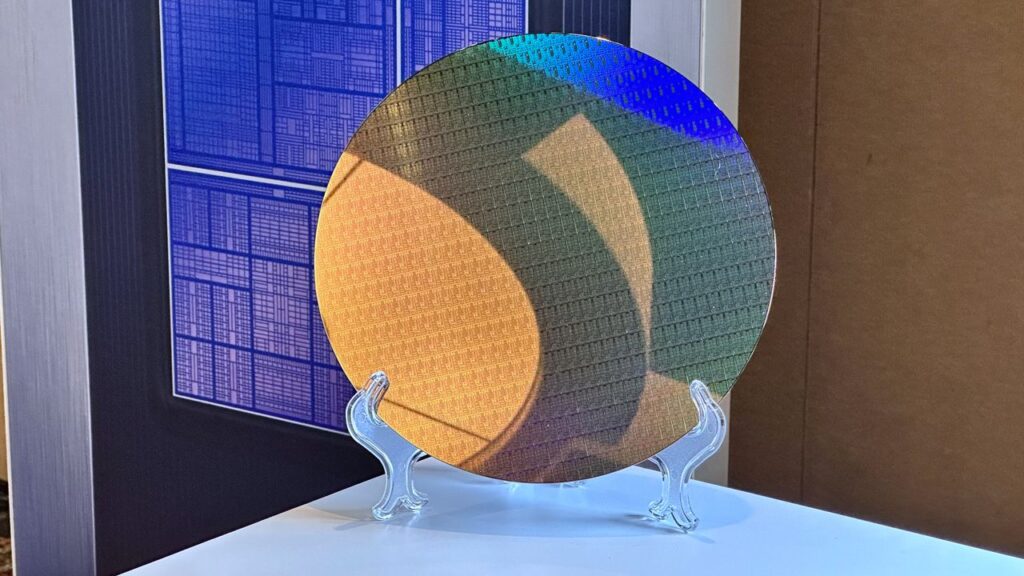Intel recently spilled the beans on its upcoming Panther Lake CPU architecture, which seems to be an iterative improvement over previous designs, plus the promise of being built on a new process node, 18A. But in case you’ve wondered about some of the broader design choices that went into the last couple of generations plus the upcoming one, Intel’s just answered why these CPU cores are the way they are.
Well, at least in one respect, that is, this is being why simultaneous multithreading (SMT) was abandoned. In a recent interview with Chips and Cheese, Intel’s lead x86 CPU architect Stephen Robinson tells interviewer George Cozma that “SMT isn’t necessarily as valuable” once you add hybrid cores into the mix.
Intel has been using hybrid cores—a mix of P-Cores for heavy workloads and E-Cores for lighter ones—for the past few years, ever since 12th Gen Alder Lake processors. Initially, these had multithreading. But the most recent Lunar Lake mobile and Alder Lake desktop chips—the first ones other than Meteor Lake to use the ‘Core Ultra’ nomenclature—ditched SMT altogether.
This trend is continuing with upcoming Panther Lake processors: they won’t have SMT.
Robinson explains that SMT isn’t as valuable in hybrid architectures because once you go hybrid, your main CPU task scheduling is sorted by designating workloads to E-Cores or P-Cores. It’s only after this scheduling is done that stuff is assigned to threads: “those are the threads on top of the dessert.”
So there isn’t much to lose there once you’ve switched scheduling decisions from threads to distinct core types, but apparently there is plenty to gain: “We didn’t lose a lot in client because of hybrid and the core count, but we gained a bit in our design and execution.” Freeing up silicon used to deal with SMT allows the chip to be a little smaller, lower power, and hit its frequency targets a little easier:
“Now you’ve kind of got something that’s maybe a little bit easier and less expensive and maybe can go a little bit faster.” And earlier in the interview, Robinson explained: “If we can get more workloads running on an E-Core then we can bring more efficiency to the whole platform.”
We already heard Intel’s Robert Hallock last year explain of Lunar Lake that “our E-cores are getting so good, we can deliver better than SMT, better than Hyper-Threading performance, without Hyper-Threading.” But it’s interesting to hear a little more concretely why this might be the case.
Panther Lake is shaping up to be quite exciting, even if Intel hasn’t reinvented the wheel with it. SMT be damned, 2026 could be an interesting time for client CPUs, including for gaming.




This is an interesting update on Intel’s Panther Lake architecture! It’s great to see advancements that focus on efficiency and cost-effectiveness. Looking forward to seeing how this impacts the market.
Thanks for your thoughts! It’s indeed exciting to see how Panther Lake aims to balance efficiency and performance. The decision to skip Hyper-Threading could lead to more streamlined processes, which might benefit power users looking for optimized workflows.
You’re welcome! It’s intriguing how Panther Lake is not only focusing on efficiency but also on performance improvements without Hyper-Threading. This approach could potentially simplify the architecture and reduce power consumption, which is a big plus for many users.